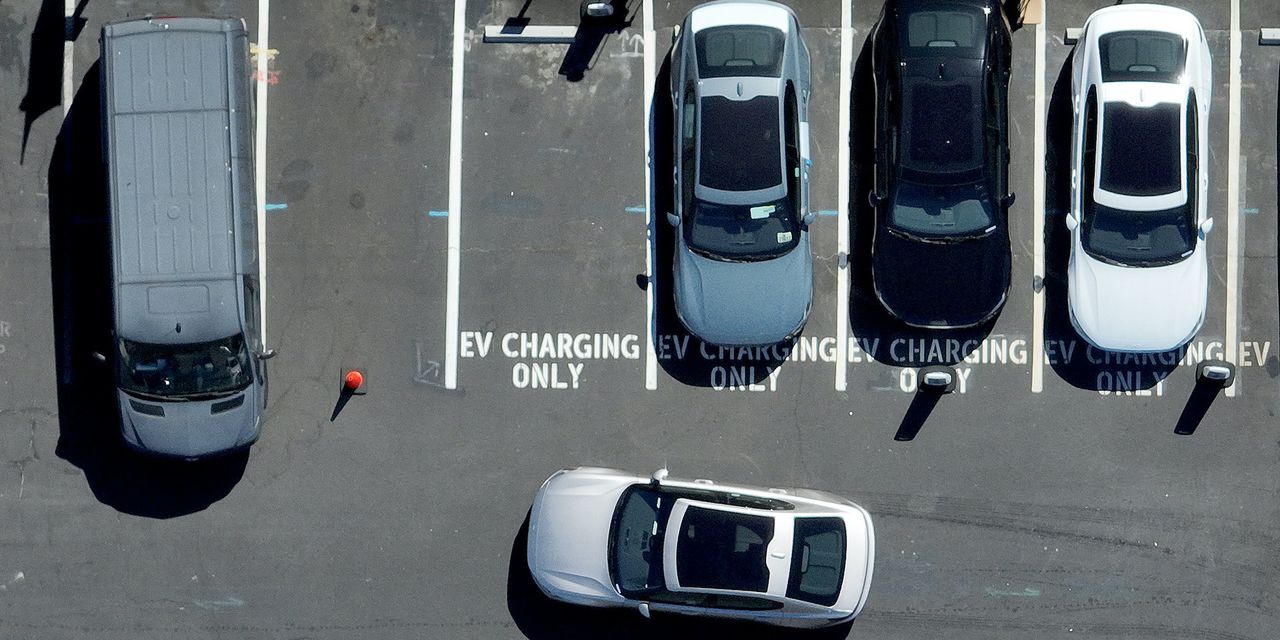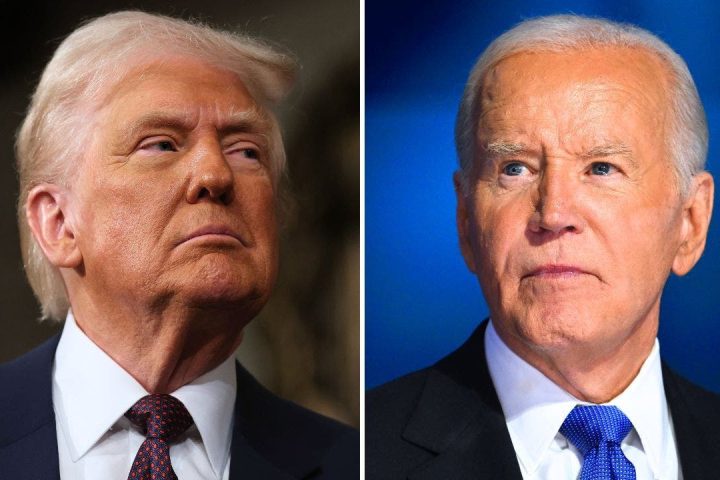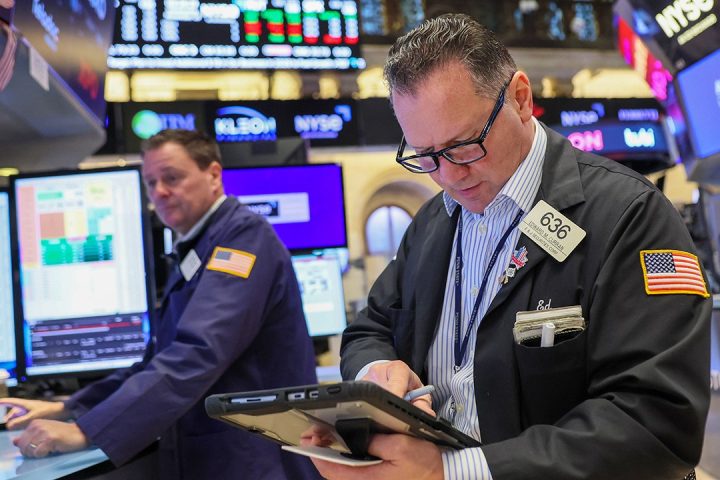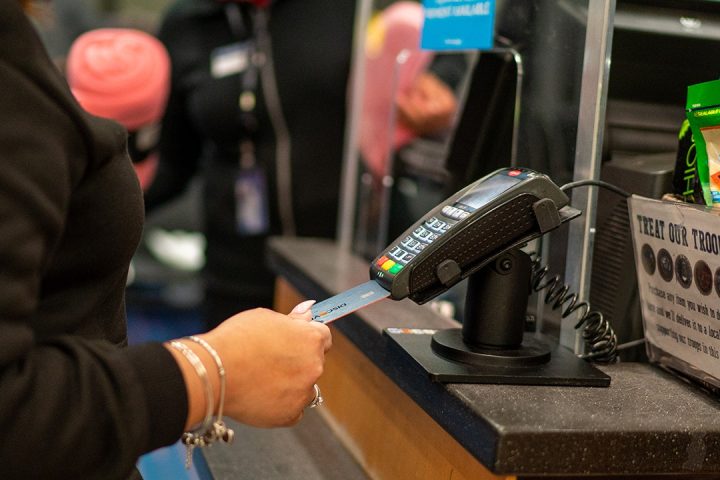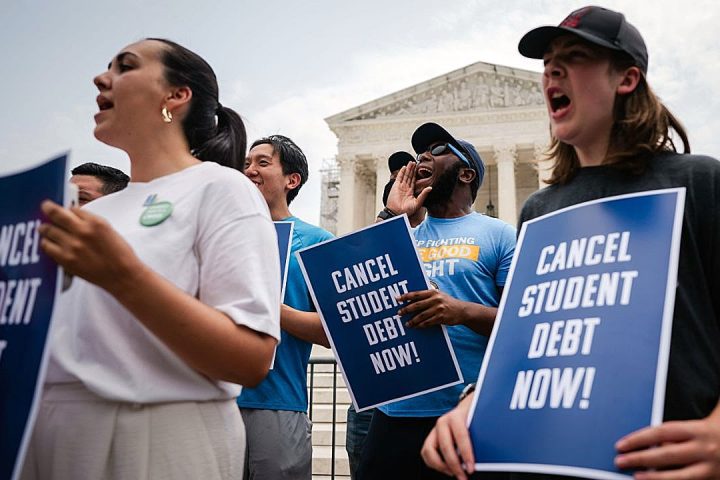America has a lot of broken electric vehicle chargers. So many, according to a new report, that there aren’t enough qualified technicians to fix them.
Industry publication Automotive News examined data from the U.S. Department of Energy and concluded that “Nearly 4,000 public charging stations with more than 7,000 ports were out of service as of early October.” Nationwide, that means about 6% of public charging stations are down at any given time.
That count may be a bit low. Here Technologies, a company that measures real-time data from chargers, told AN that 4,673 chargers were out of order earlier this week. However, some chargers are too damaged to report an outage, so the actual number is likely higher.
Related: Range isn’t the only anxiety Americans have about electric cars
Broken chargers a common complaint
In a survey earlier this year, EV owners told J.D. Power that about 21% of their attempts to charge in public end in failure due to broken chargers or faulty payment systems. The situation is worsening – a year before, the same survey found a 20% failure rate.
Americans are on pace to buy more than a million EVs this year for the first time. The nation’s infrastructure is trying to catch up and surpass the ability to support that number, as several states have set requirements that automakers stop selling gas-powered cars by 2035.
Also on MarketWatch: Elon Musk says Cybertruck sales will start Nov. 30
Two types of public chargers
Most EV owners do most of their charging at home. But they need to charge in public for longer trips. EV owners use two types of public chargers.
Level 2 or destination chargers work faster than a standard home outlet but still require more than an hour to refill a car’s battery. These chargers often operate at shopping centers and restaurants, where drivers can reasonably expect to park for extended periods.
Level 3 or fast chargers require heavier electric infrastructure and can recharge an EV in as little as half an hour. They are often found at highway rest stops. A recent study found that just 21.5% of the nation’s chargers are fast-chargers.
Read: California makes a big change to its electric-vehicle rebate program
Wanted: 142,000 new electricians
The federal government has set a goal of installing 500,000 new fast chargers by 2030. But, the nation lacks the workforce to build and maintain them, says Automotive News. “The U.S. will need at least 142,000 more certified electricians by 2030 to support the country’s electrification push, which includes EV charging, solar panels, battery storage, smart panels, and more, according to Qmerit, a company that provides installation services for EV charging and other electrification technologies for homes and businesses.”
This story originally ran on KBB.com.
Read the full article here
